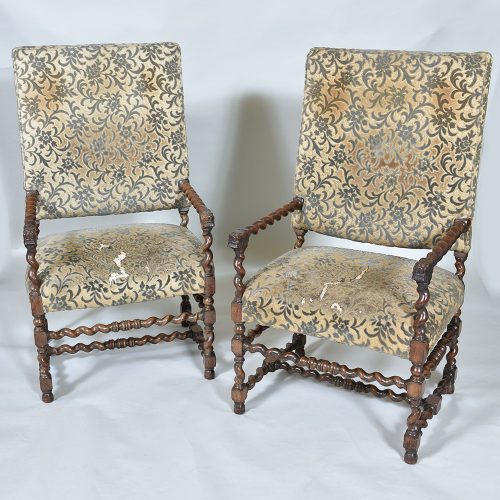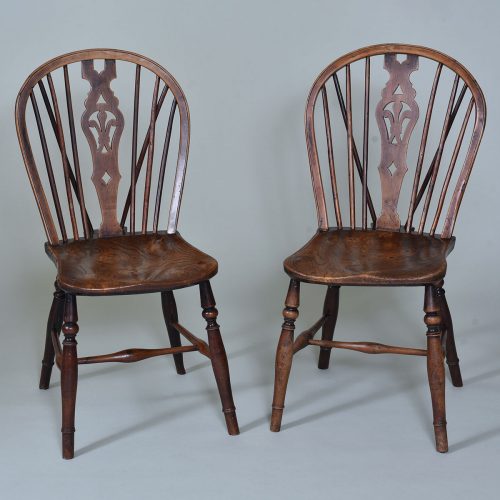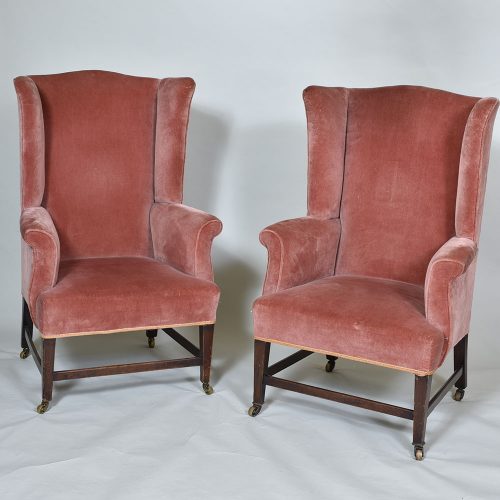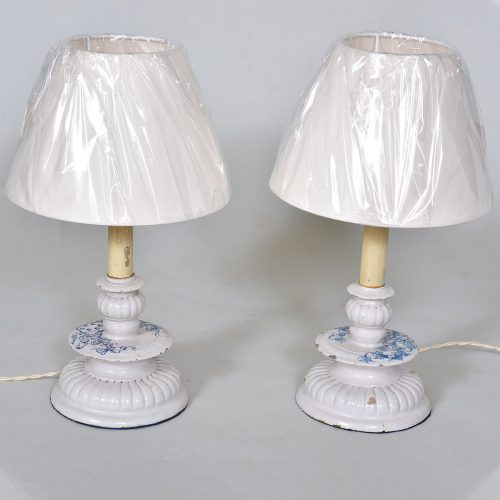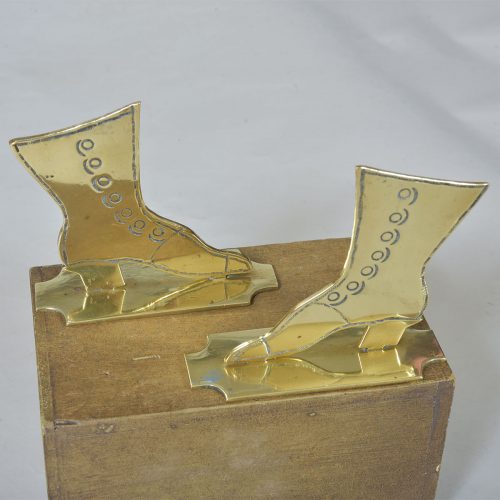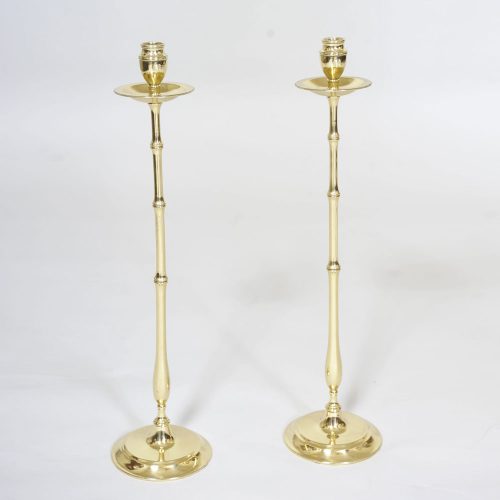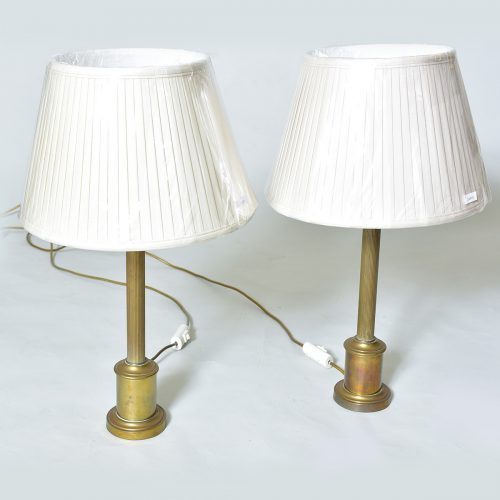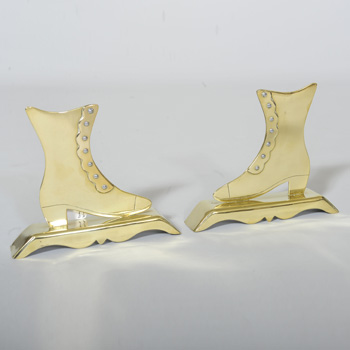Current Stock
-
.SOLD
Pair of 19th century Walnut Armchairs
£4,250.00Pair of 19th century Walnut Armchairs - Reupholstered Width: 26" / 66 cms Depth: 24" / 61 cms Height: 48" / 122 cms -
.SOLDPair of 19th century Walnut Armchairs of Large Size (for recovering) Width: 26" / 66 cm Depth: 24" / 61 cm Height: 48" / 122 cm
-
.SOLDPair of 19th century Windsor side chairs. Prince of Wales splats. Wonderful figuring to the elm seats. Thames Valley. Width: 15.5" / 39 cms Depth: 17" / 73 cms Height: 35" / 89 cms Seat Height: 17" / 43 cms
-
.SOLDPair of 19th century Wing Armchairs (for recovering) Width: 32" / 81 cm Depth: 26" / 66 cm Height: 50" / 127 cm
-
Pair of Altarsticks
£580.00Pair of hand carved altarsticks with bollo and silver leaf finish Height: 20" / 51 cms -
.SOLD
Pair of Antique Balustrades
£345.00Pair of Antique Balustrades One - 81" / 206cms One - 86" / 220 cms Height: 14" / 36 cms -
.SOLDPair of Antique Blue and White Majolica Candlesticks - now as lamps Diameter: 6.5" / 17 cms Height: 17" / 43 cms with shades
-
Pair of 19th century Brass Boots Width: 5" / 13 cms Height: 4.75" / 12 cms
-
.SOLDPair of Antique Tall Brass Candlesticks Height: 21" / 54 cm
-
.SOLDPair of Antique Brass Lamp Bases Height: 24” / 61 cms
-
.SOLD
Pair of Antique Brass Lamps
£450.00Pair of antique brass altarsticks converted to lamps Height: 22" / 56 cms -
.SOLDPair of Antique Brass Shoe Ornaments Height: 5" / 13 cms



